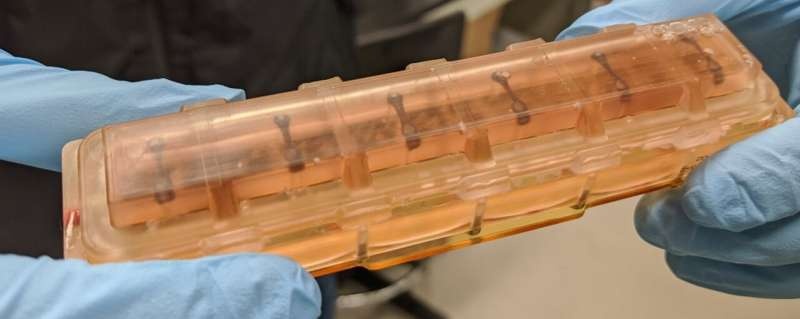A new study from the Johns Hopkins Medicine — that reveals clues to a major and disabling human health issue — suggests this is just one of many reasons to understand more about how space travel affects cardiovascular function.

Puzzling Pulsations Across the Cosmos
Published in the prestigious Proceedings of the National Academy of Sciences, this study provides an astonishing look at what microgravity may be doing to a human being’s heart tissue.
For the research, 48 human heart tissue samples created through bioengineering were sent to the International Space Station (IS) by scientists at John Hopkins Medicine and remained in space for 30 consecutive days. The heart tissues in microgravity were considerably less able to contract compared with samples from the same source on Earth, which would beat together in a rhythmic circle.
Those tissues in space beat about 50% less forcefully than they do on Earth over time. Arrhythmias – abnormal heartbeats — were also recorded in the cardiac tissues flown to space that developed during exposure to the low-gravity conditions experienced aboard in orbit. The critical disruptions these cause can eventually result in astronauts developing heart failure, and threaten their overall health and safety on long-duration space missions.
Learning About the Cells Behind This
The researchers then examined the cellular and molecular pathways that produce these shocking results. Among other signs of heart disease, heart muscle cells in space had shorter sarcomeres (protein bundles that facilitate muscle contraction) and disordered sarcomere organization as well as larger, rounder mitochondria that lacked the characteristic folds crucial for energy production.
In addition, examining gene expression in the hearts of mice that had been to outer space showed changes indicating upregulation of genes involved with inflammation and oxidative DNA damage, which are related to heart disease.
The results correspond to earlier research suggesting that some astronauts come back to Earth having developed a specific kind of heart muscle disease, and arrhythmias associated with aging, which remain when they return. According to the researchers, such a cellular-level understanding could be used in devising strategies for protecting astronauts’ heart health during long-term space missions.
Conclusion
By disassembling human hearts beam after beam in a lab on Earth, scientists have learned nothing new about how microgravity affects them significantly — what they have discovered is not trivial: the low-gravity conditions of space can weaken and disturb the normal rhythmic beats of heart muscle cells. Since astronauts can experience up to years of time in space, the publication underscores what urgent measures must be taken now to develop countermeasures and therapeutic interventions which will protect their heart health throughout missions that extend further from earth. Such research is a key next step as humanity seeks to further expand its space exploration, both for better better understanding of complex health challenges facing astronauts and in support of future long-term space travel that is healthy and sustainable.
